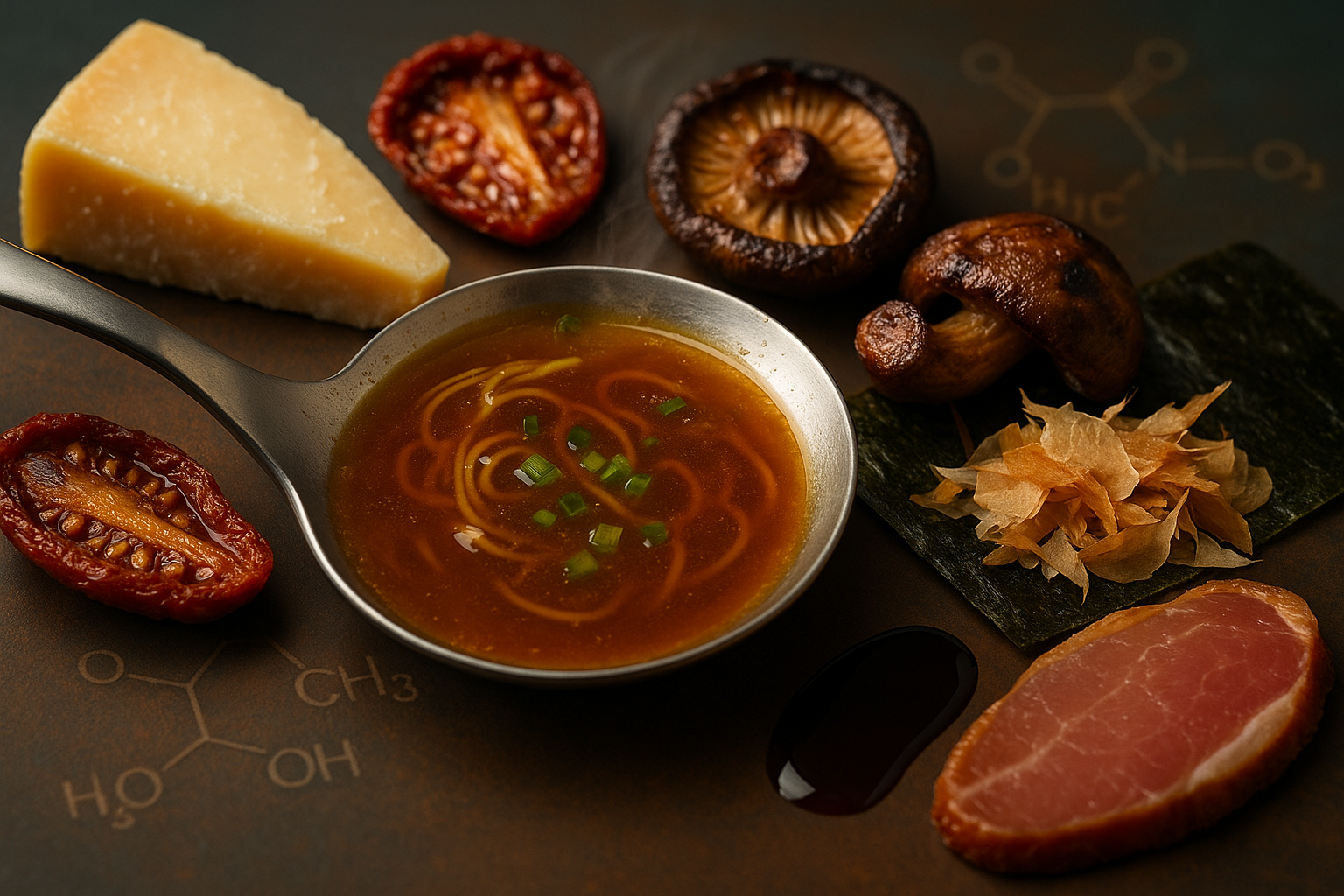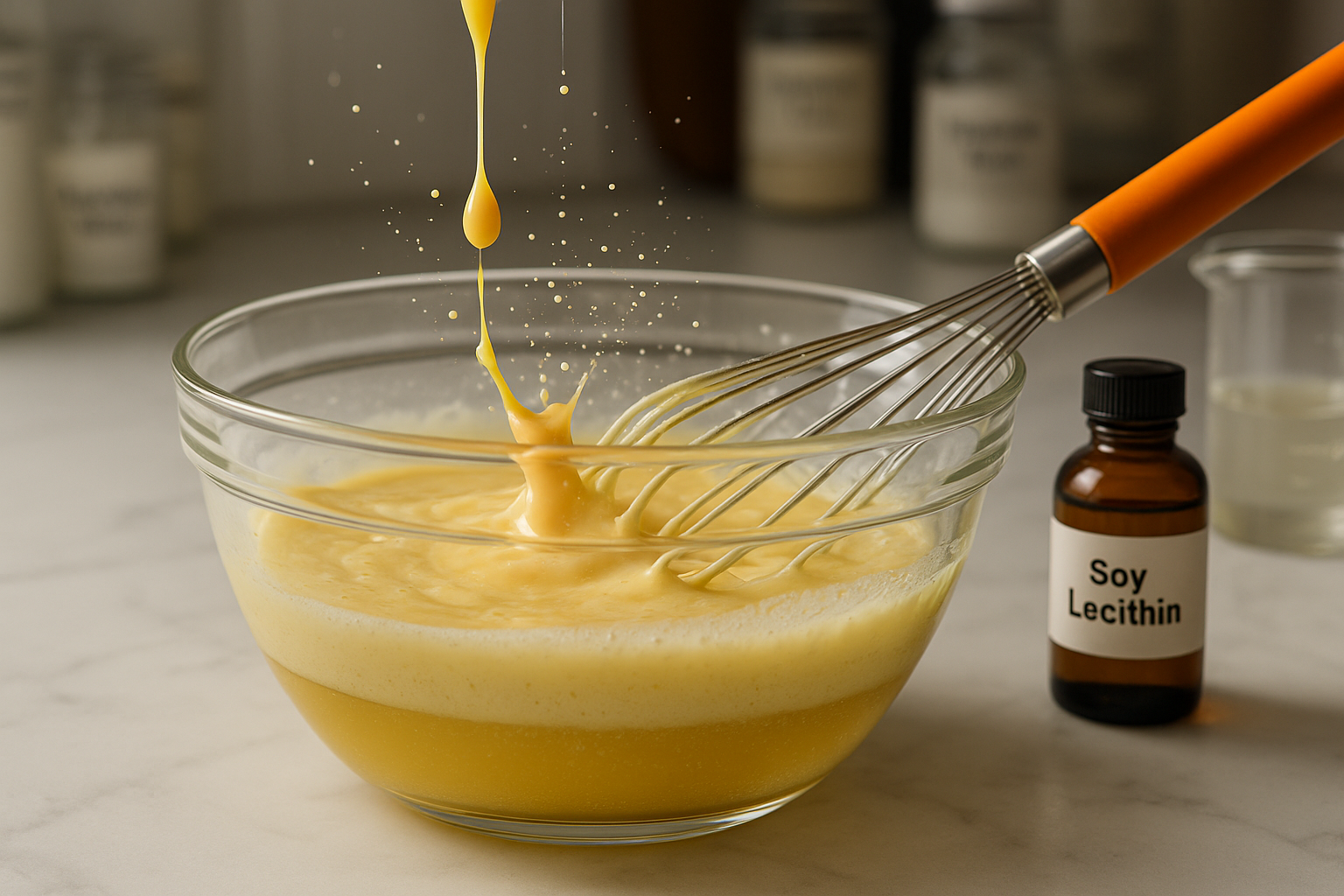
Exploring the Benefits of Galactomannan Fenugreek
SUBSCRIBE TO OUR BLOG
Promotions, new products, and recipes.
The search for natural remedies that could assist in managing diabetes has risen globally, leading us to galactomannan fenugreek. This soluble fiber found within the seeds of fenugreek may have antidiabetic and hypolipidemic properties. We will explore this promising resource By comparing it to other gums, discussing extraction methods and examining possible functional food applications which can potentially benefit health.
Key Takeaways
-
Fenugreek galactomannan has antidiabetic and hypolipidemic properties, as well as prebiotic and probiotic effects.
-
It can be used in the food industry due to its unique physicochemical properties, aiding with weight management and providing energy, protein & fiber.
-
Clinical studies have demonstrated its potential applications for diagnosing invasive aspergillosis symptoms.
The Power of Fenugreek Galactomannan

The dietary fiber known as fenugreek galactomannan, obtained from the seeds of Trigonella foenum-graecum L., is thought to bring health benefits and has gained interest for use in functional foods. This gum’s capabilities with inhibiting digestive enzymes are believed to be the factor behind its anti-diabetic and hypolipidemic traits which can help avert diabetes or treat it if already present. In experiments on rats, those that were fed Galatcommannan extracted from Fenugreek displayed a decrease in their fasting blood glucose levels when compared with control groups along with an improved HOMA rating overall.
Antidiabetic Properties
Fenugreek galactomannan has been identified as a potential natural antidiabetic agent due to its capacity for stimulating glycogenesis and enzyme activities. To assess the effect of this substance on diabetic rats, intraperitoneal injections of 65 mg/kg STZ in 0.5 M sodium citrate buffer (pH 4.5) were administered firstly before serum urea levels – impacted by gastric acid secretion and protein intake - are checked together with HOMA-beta cell function from pancreatic cells which can be affected by lactic acid bacteria found in the gut. Considering that fenugreek can effectively control diabetes mellitus through metabolic pathways regulation, more studies need to be carried out so that we understand better it’s applications towards functional food products intended for diabetics.
Hypolipidemic Effects

Research in the field of food science has shown that fenugreek, a plant seed with antidiabetic properties and potentially hypolipidemic effects, can reduce glucose levels in type 2 diabetes patients. To understand these effects better, hepatic lipids were isolated from liver tissue using Folch et al.’s method which involves homogenizing it with methanol:chloroform mixture for galactomannan extraction purposes as well. Once extracted properly they are assessed based on kit instructions to identify essential nutrients like amino acids present within the seed itself too.
All this research helps us understand what potential health benefits we might be able to gain through consuming fenugreek seeds and how its unique galactomannan plays an important role in our overall food intake!
Comparing Fenugreek Galactomannan to Other Gums
Fenugreek gum, also known as fenugreek galactomannan has advantages that make it beneficial for diabetic subjects. It shares certain similarities with other gums such as locust bean and guar gum but still holds unique characteristics which are especially helpful in the food industry. Research shows this particular type of gum possesses antidiabetic, hypolipidemic prebiotic properties while providing probiotic benefits and multiple physicochemical features which could be put to practical use when making different types of food items. Thus considering all these special attributes along with potential applications related to functional foods warrant Exploration into its capabilities..
Locust Bean Gum
Extracted from the seeds of a carob tree, locust bean gum is also recognized as galactomannan vegetable gum and goes by another name: carob gum. This particular food product has multiple uses within the industry. Acting both as thickening agent, stabilizer or fat replacement for different dishes. To this specific functionality in regards to starch digestion it can even offer health benefits such as reducing cholesterol levels and improving blood sugar if consumed frequently enough - something that could be said about fenugreek too which provides similar characteristics when compared with Locust Bean Gum’s water-binding capacity along its potential freeze-thaw stability protection. Finally dietary fiber should not be forgotten amongst these various properties making locust bean gum an extremely valuable ingredient for food production overall!
Guar Gum
The seed of the leguminous plant Cyamopsis tetragonolobus is where guar gum, a type of galactomannan gum, has been isolated from. Its effects and potential health advantages have been noted including bifidogenic properties which improve bowel functions as well decreasing diarrhea in enteral fed people while providing relief for constipation to some patients showing even a hypolipidemic effect by reducing both serum cholesterol and triglycerides plus lowering postprandial glycemia levels. All these makes it an essential ingredient within the food industry used chiefly as thickener or soluble dietary fiber with impressive benefits regarding wellbeing .
When compared to locust bean gum also known as fenugreek galactomannan, this one stands out due its own unique characteristics thereby making it relevant subject for research particularly related to dietetic applications such us utilizing on products employed in culinary treatments like edibles crafts that are part of food production fields today.
Furthermore , coming from Fenugreek itself offers special features than other similar elements when integrated into different recipes besides being just organic consistence enhancing agent found among various meals consumed daily all around many parts world too..
Extraction and Purification Techniques

There have been major developments in extraction and purification techniques for fenugreek galactomannan that support its potential for mass production with high yield recovery. These methods include crushing the cleaned seeds, utilizing alcohol to collect extracellular secretion from Aspergillus fumigatus, as well as various other approaches. Purifying steps such as precipitation, ultrafiltration and dialysis Refine it so that food grade products are attainable for functional foods purposes. In summary, these advancements in quality control processes of extracting and refining naturally occurring galactomannans from plants like fenugreek could make them essential components of commercial food manufacturing worldwide
Health Benefits and Functional Food Applications

Fenugreek galactomannan is a popular subject of research in food science, as it has the potential to provide numerous health benefits and applications within functional foods. These include antidiabetic effects, hypolipidemic properties for weight management purposes, prebiotic/probiotic activities and more. The antioxidant and anti-photoaging activity demonstrated by this fenugreek based ingredient also suggest its use in modifying gut microbiota composition with consequent antidiabetic attributes. Antiviral action capabilities alongside reductions in LDL cholesterol levels Emphasize the importance of exploring such possibilities when developing new products from this raw material source.
Weight Management

Fenugreek galactomannan can be used to help manage weight by regulating food intake, producing a feeling of fullness and satisfaction, delaying digestion process and potentially contributing to loss in body fat. This natural product can also act as an additive for low-fat snacks that offer energy from proteins while supplying dietary fiber at the same time. This makes fenugreek an ideal choice for those who are looking into healthy alternatives that aid with their weight management goals.
Prebiotic and Probiotic Effects
Research into fenugreek galactomannan could present a promising opportunity for functional foods that support gut health and general wellbeing. Studies have found it to improve fish growth performance, as well its potential as a prebiotic in the rat’s microbiome when shown resistance against digestion. The probiotic effects of this particular type of fenugreek may help protect liver and renal damage while modulating intestines’ microbiota too.
Study should be conducted on how exactly these properties can aid with overall wellness—making this an appealing area to explore through additional research projects for possible applications related to food consumption
Physicochemical Properties and Food Industry Uses
Fenugreek galactomannan possesses a number of physicochemical properties which make it particularly suitable for multiple food industry uses. The ratio of mannose to galactose within the chain largely dictates these varying characteristics, influencing viscosity and texture in all kinds of food products. As such, this compound can be used as an excellent thickening agent or gelling and stabilizing agent in various foods – from soups to desserts – helping give them that special something they need!
Clinical Studies and Future Research
The health benefits of fenugreek galactomannan and its applications in functional foods have been the focus of several clinical studies. For instance, using serum samples for a galactomannan antigen assay has proven useful both with adults and pediatric patients as an accurate test to diagnose invasive aspergillosis. It is considered sensitive yet specific. To gain an understanding about these potential advantages, additional research should be conducted on methods that extract/purify this substance along with any physicochemical properties related to utilization within food industry contexts involving fenugreek.
Frequently Asked Questions
Clinical studies evaluating the fenugreek galactomannan have shown it to be a sensitive and specific test for diagnosing invasive aspergillosis. Pre-test probability can also be determined using Tukey’s t-test prior to requesting testing of this type. The common sources found in nature are locust bean gum, guar gum, and especially from within fenugreek seeds themselves which make serum samples the best specimen option due its detection before symptoms manifest up to 7 days in advance..
Summary
Fenugreek gum is an interesting topic for food science research due to its many potential health advantages and applications as a functional food. It has shown promising antidiabetic, hypolipidemic effects and can also potentially aid in weight management while providing prebiotic/probiotic benefits. Thus far it appears that this unique galactomannan from the plant of Fenugreek might be what we need to unlock access to healthier foods with more functionality. As continued investigation on the possible uses occur there may even be additional positive results found making it increasingly beneficial across populations around the world.
Frequently Asked Questions
What are the benefits of galactomannan?
Galactomannan, derived from the fenugreek plant, is an amazing soluble fiber that has been linked to numerous advantages for human health, such as a decrease in LDL cholesterol and elevated blood pressure. It also contributes to strengthening of one’s immunity system by acting as nourishment for useful microorganisms present within our gut. It was found that galactomannan is even more proficient than other gums like locust bean gum when compared side-by-side. In summary, this incredible food source (gum) contains major benefits towards improving both physical and mental wellness associated with its components: gallic acid along with several antioxidants!
How does fenugreek help the lungs?
Fenugreek contains compounds that can help reduce inflammation in the lungs, providing relief from symptoms and improving lung function.
Additionally, it maintains mucus conditions of the body, mostly the lungs, by helping to clear congestion and acting as a throat cleanser and mucus solvent that also eases the urge to cough.
Who should avoid fenugreek?
Pregnant women and nursing mothers should limit their intake of fenugreek beyond what is found in food items, as the potential risks associated with taking large amounts can be dangerous.
What diseases are cured by fenugreek seeds?
Fenugreek seeds have long been utilized in the treatment of diabetes and stimulating milk production for breastfeeding mothers, with usage still continuing today as a supplement to diets for those purposes. This ancient remedy continues to be recommended with regards to these conditions.
For further reading: Using Citric Acid in Your Recipes

About the Editor
About the Chef Edmund: Chef Edmund is the Founder of Cape Crystal Brands and EnvironMolds. He is the author of several non-fiction “How-to” books, past publisher of the ArtMolds Journal Magazine and six cookbooks available for download on this site. He lives and breathes his food blogs as both writer and editor. You can follow him on Twitter and Linkedin.


|
About the Author Ed is the founder of Cape Crystal Brands, editor of the Beginner’s Guide to Hydrocolloids, and a passionate advocate for making food science accessible to all. Discover premium ingredients, expert resources, and free formulation tools at capecrystalbrands.com/tools. — Ed |
Enjoyed this post? Subscribe to The Crystal Scoop
Food-science tips, ingredient know-how, and recipes. No spam—unsubscribe anytime.
- Choosing a selection results in a full page refresh.




